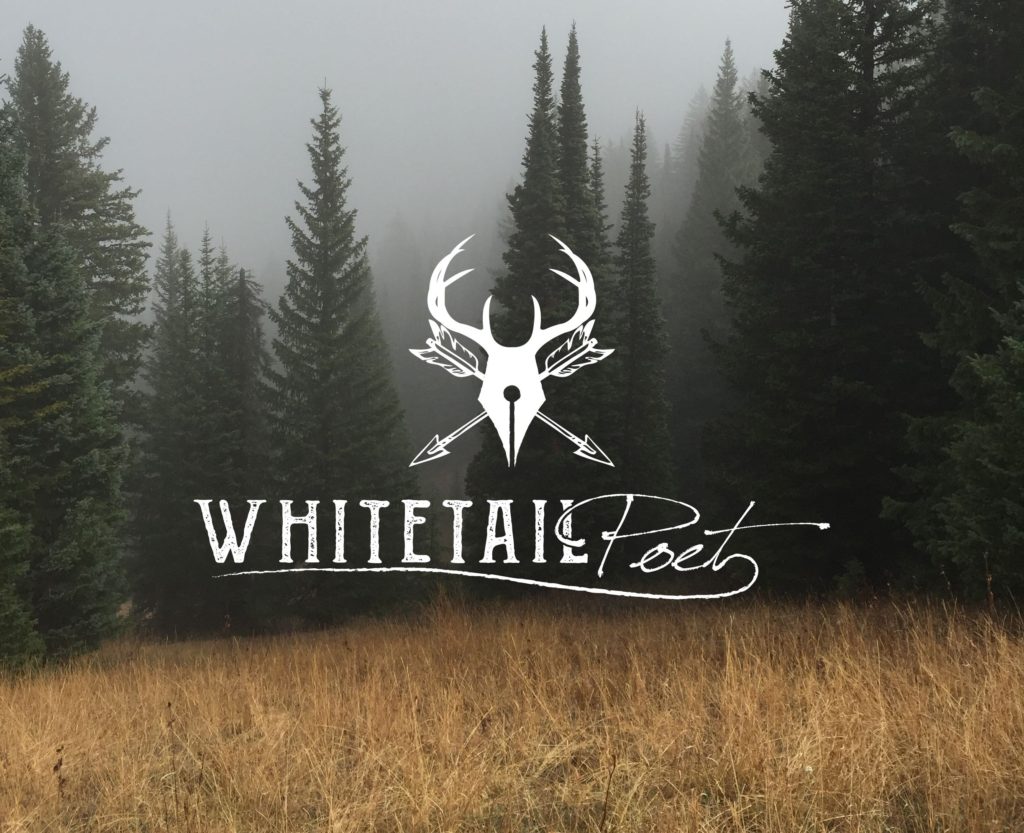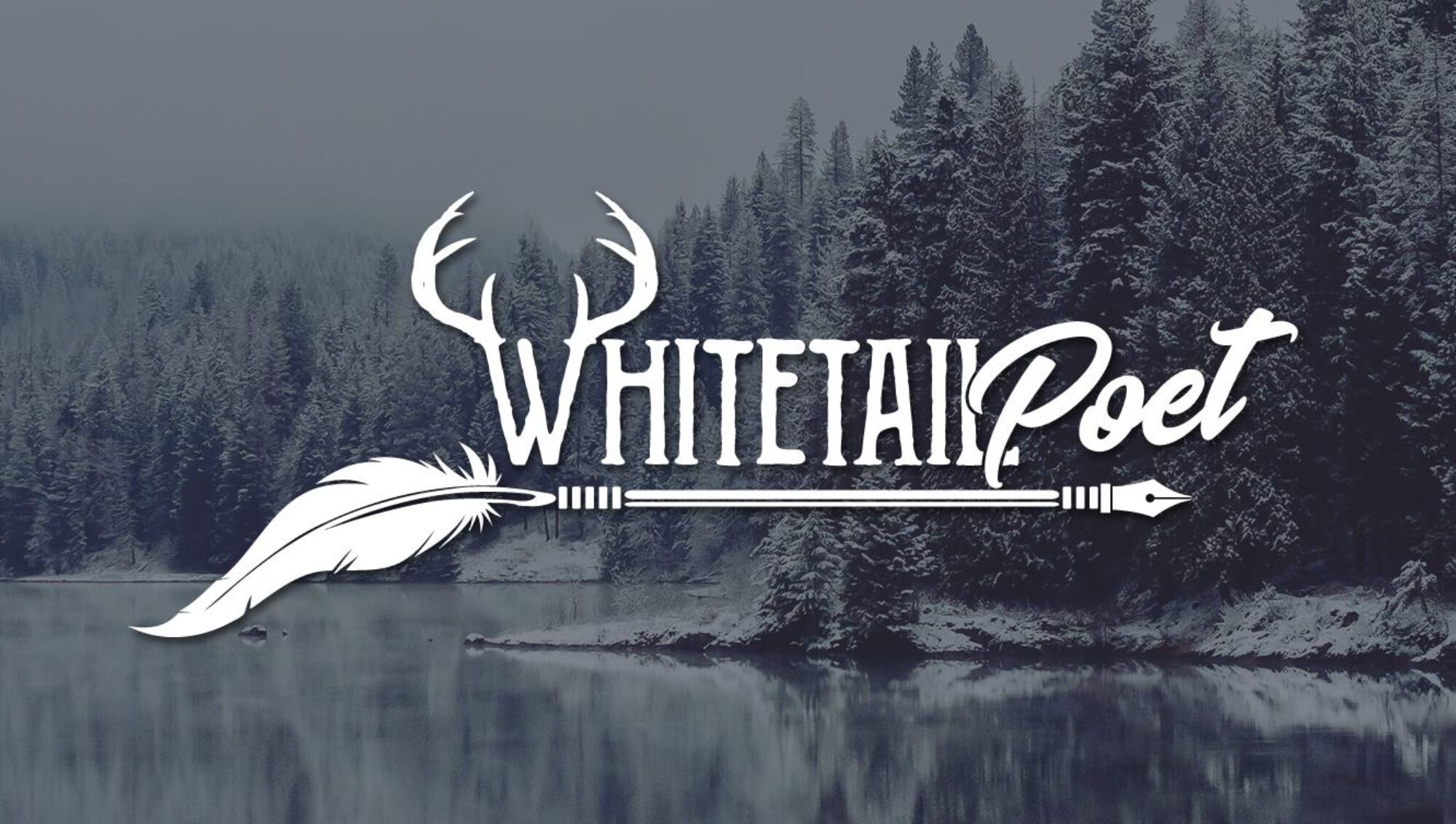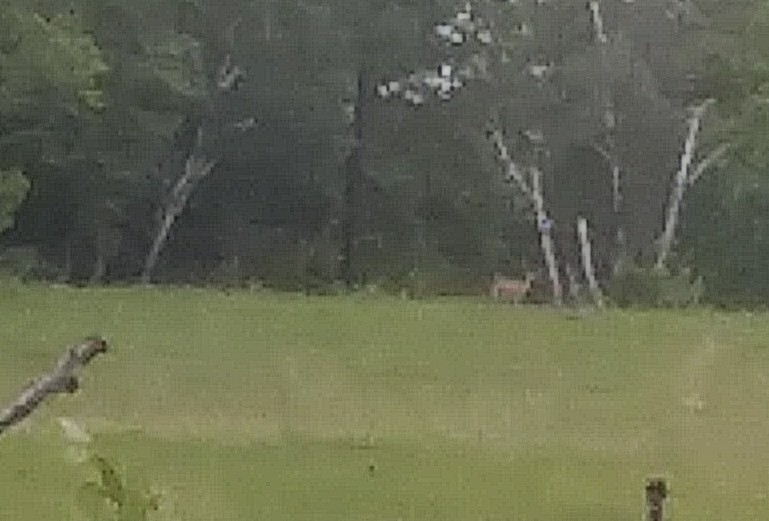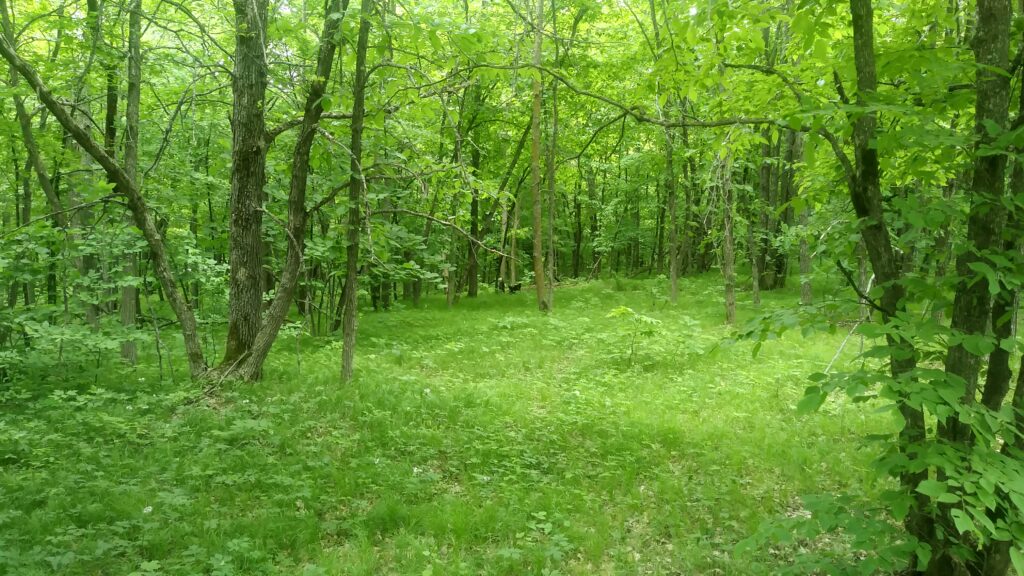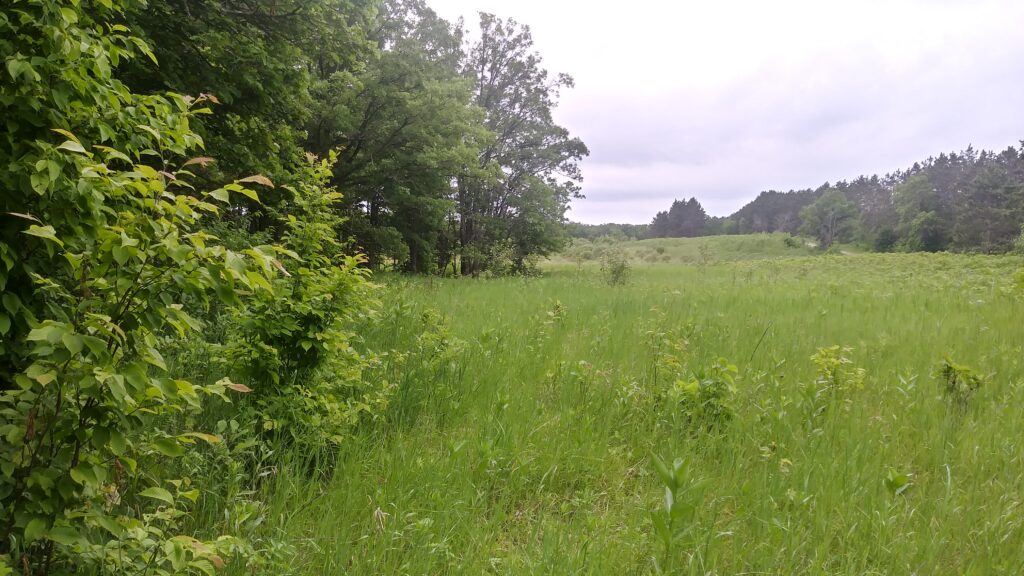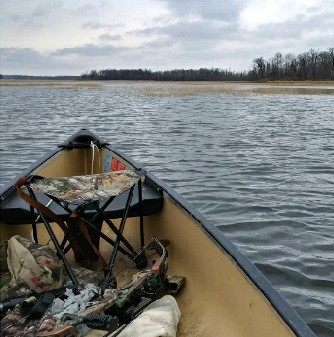
I have hunted my entire adult life for the elusive Whitetail but had not considered canoe-in hunting until I picked up a bow for archery season a few years ago. I was hooked. Water access adds a whole new dimension of adventure and stealth to the hunting experience. I began scouting canoe-in sites on my cross-country skis and before I recount my first outing, I want to offer some advantages to the boat-in approach.
Waterways allow the hunter to set up on the backside of hunting plots and get into areas that are nasty to enter from a trail. In this way busting brush is avoided and you can slip into locations bucks do not generally encounter hunters. This also reduces exposure to deer ticks. Often, you can hunt very close to the water which eliminates those long deer drags. Setting up along a shoreline also serves as hunting a water hole and helps you take advantage of a deer’s need for H2O. I have noticed that Whitetail’s use water structures as buffer zones from predator pressure so you can use this as an opportunity for getting close to deer when they feel safer. Setting up with a river or lake as a backdrop also guarantee’s that your hunting action will be in front of you and reduces being busted from behind, especially in a ground hunting scenario. The sheer fun of incorporating a paddle into the hunt brings a fresh element of adventure, solitude, and wilderness feel, that puts the Whitetail pursuit into a new category of hunting experience. I will add one note of caution. Do not underestimate the added safety concerns that go with canoe-in hunting and become a hunter news story. Always wear a life jacket and tie off your gear for the possibility of an unexpected capsize. Getting wet is one thing, but having to explain how your bow or rifle is at the bottom of a lake, assuming you survive the water, would be hard to live down!
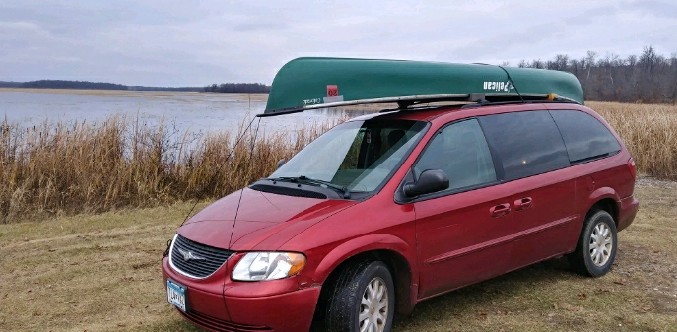
The ratchet strap snapped off the canoe with a metallic ring as I unloaded my craft. I was parked on the Dike Road access, a quiet duck hunter’s landing on the south end of Tamarac Lake situated, on the Tamarac Wildlife Refuge in Becker County, Minnesota. It was mid-October and the sky was overcast with a gentile cross wind blowing out over the Wild Rice.
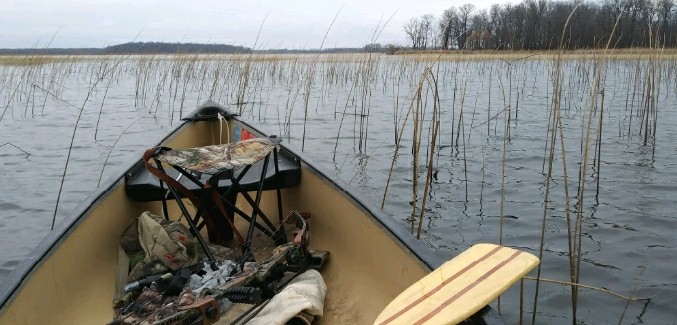
I had waited for this opportunity from the moment I discovered this enticing shoreline and the deer corridors it offered while scouting on cross country skis the previous winter. I drank in the excitement and recalled surprising a mature buck, walking out of a rain-soaked afternoon sit, several hundred yards up from the shore I was about to set up on. That thought, and the discovery of a buck bedding area near my canoe-in site, fueled my imagination of the possibilities for a water stalk.
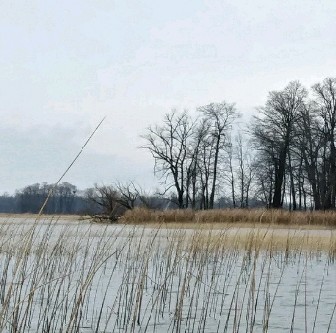
The forest was dark from my vantage point, yet inviting, and reeds scraped the canoes bottom as I floated past the buck bedding area I had discovered during preseason scouting. The solitude removed me from the present and transported me back in time. I could see a stand of Norway Pines materialize through a small point I paddled around. The sentinels bordered a field that held several Willow stands, sloughs, many crossing deer trails, and doe bedding spots. I directed my craft toward a fallen pine that laid along the heaved beach from years of lake ice doing it’s work of erosion. I tied off behind the cover of the collapsed timber, readied my gear, and slipped under the dead-fall into a natural ground blind I had brushed in cross-country skiing. With the lake a mere five yards behind me I felt hidden within the broken tree as I overlooked a deer trail that paralleled the water and another connecting path that ran along the meadow edge. Pines were scattered in my sight line and a wooded point to my left converged with the grass. I settled in for the next several hours and became an observer.
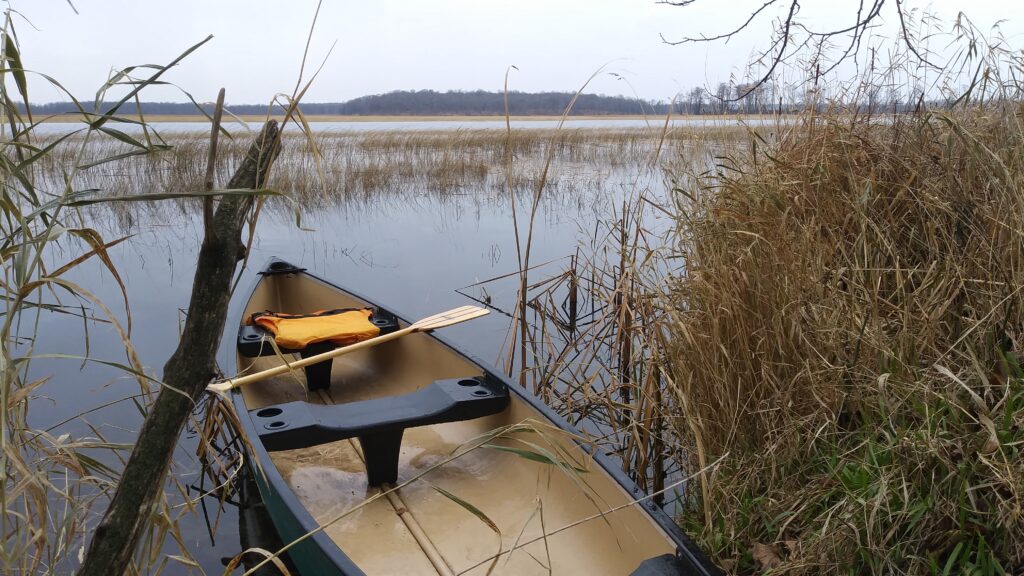
Soft rain drops increased to a steady offering. Beads of water clung to my bow and fell off my cap brim. The pines and meadow captured the descending darkness and turned the landscape into a shadow land. All was quiet except for the sound of water on earth, a symphony of woodland music. Forty minutes remained until shooting light was over, the soft rain increased, with no sign of the downpour letting up. The thought of tying down my canoe, drenched in the darkness, won out my decision-making process. I pushed off and watched my first canoe hunt site drift away as the wind pushed my craft into the deep.
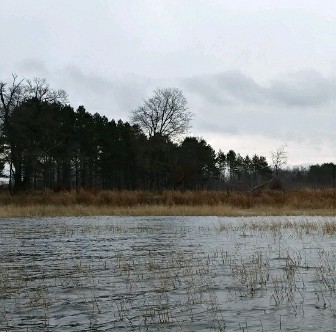
The lake was alive. Thousands of droplets danced on the surface and tapped the bottom of my boat. The distant shore was shrouded with on-coming night and a sense of remoteness filled my heart and mind.
I did not see a deer on my first canoe outing but I felt very satisfied and accomplished at the attempt. I knew this was just a first. I would be doing much more bow hunting by water.
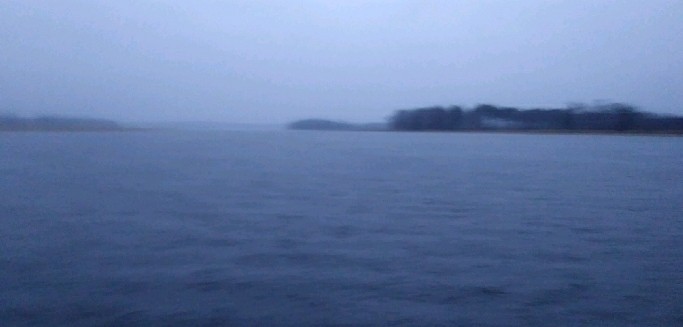
Peace
